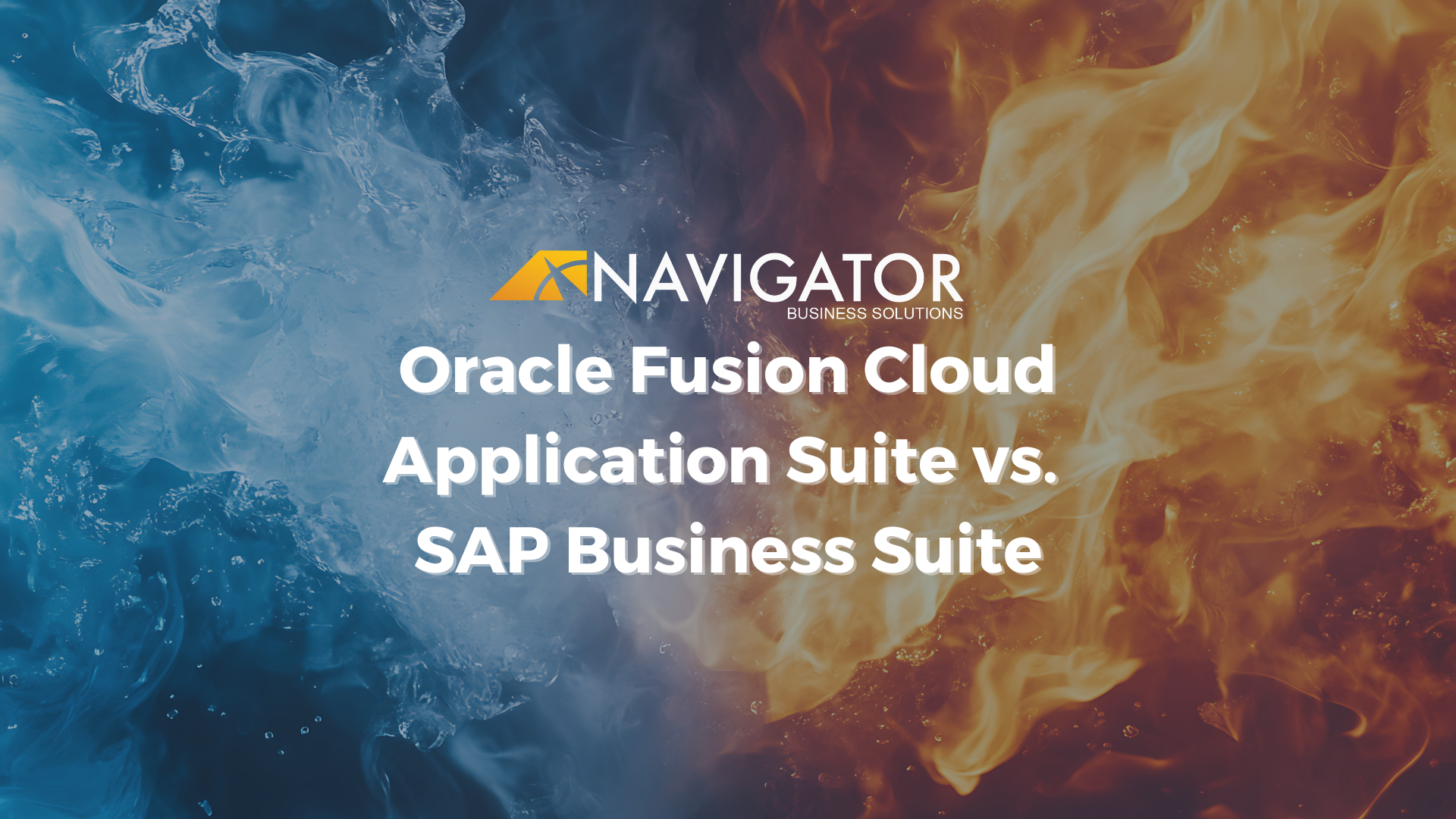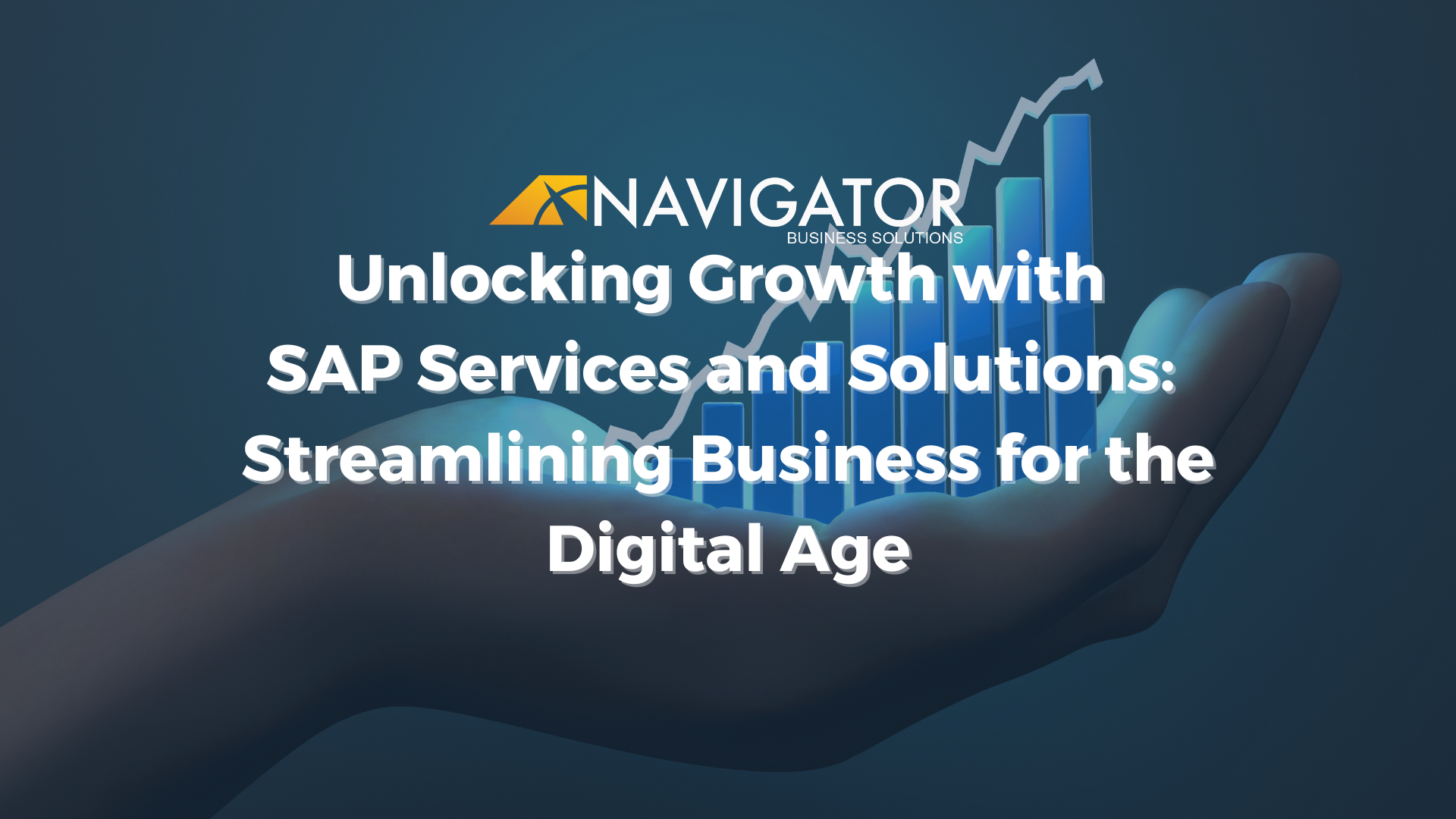Successfully coordinating complex business processes across a hodgepodge of different systems—or even an outdated integrated system—can be difficult, expensive and time-consuming.
Businesses are complex; there’s financial and revenue management, order management and billing, inventory management, procurement, human resources and budgeting, product development and many other moving parts.
Getting these business silos talking to each other is hard enough; businesses that use a range of software solutions have the added issue of getting the software used by each department talking to each other.
In the best of times, a cobbled together backend is clunky. At worst, it slows down a company.
That why adopting a fully-integrated cloud ERP solution is often a vast improvement over the status quo. The first and most basic benefit of cloud ERP is that it creates a centralized, enterprise-wide data repository which makes the same information available in real time throughout the organization. This function alone can deliver cost savings and increased revenue opportunities.
Organizations who have already invested in their various point solutions or legacy ERP systems may disagree, but that’s because those companies aren’t able to see the issues with their existing system. Specifically, they may not understand how they are limiting their sales and profitability by tolerating antiquated modes of operation.
Here are three of the most common issues that cloud ERP can solve for the typical business.
- Unforeseen Maintenance Costs
If your company is currently using a legacy ERP solution or another antiquated system, you’ve probably felt the strain of unforeseen expenses related to hardware, facilities, utilities and other traditional computing costs. You’ve also likely paid for software updates, on-site servers and IT support staff.
On the other hand, cloud ERP solutions reduce or eliminate these additional expenditures because all you need to run your cloud-based system is an internet connection. Your platform provider will take care of all the related housekeeping costs including updates and data storage.
That means your cloud computing provider is also relieving you of backup, facility space, power costs and cooling costs, among others.
Above and beyond this cost savings, cloud ERP systems use a subscription-based billing approach. This allows businesses to scale up or down according to their particular budgets and requirements—and does away with the need for major upfront capital investments.
- Lack of Mobile Capabilities
In addition to being a potential strain on capital, location-based ERP can hinder a workforce’s ability to telecommute, meet clients in the field, or network away from their office workspace. Workers have grown accustomed to flexibility in their schedules and work environment, especially Millennials. And frankly, if you want to keep up with competitors in terms of pleasing customers and attracting the best talent, this kind of flexibility is now required.
Cloud ERP allows for remote access from desktops, laptops, smartphones and tablets. It also empowers users to bring their data with them wherever they go so that they can instantly access information for customers, associate or vendor purposes from their personal devices—without having that data resting vulnerably on an employee’s personal mobile device.
The payoff for this mobility is real-time support in every operational area, including sales, inventory, procurement, administration and marketing, no matter where your team may be.
However, if you’re still depending on outdated systems with no mobile capabilities, then the next issue might very well ring true.
- Minimal Technical Support
Any system crashes, glitches and problematic performance you’ve experienced—especially during an emergency—probably required costly assistance from a third-party company if your onsite professionals couldn’t find a remedy. Plus, there’s no telling how much times was wasted trying to figure out that you needed outside help in the first place.
Such a risk is dramatically reduced with cloud ERP.
A cloud-based solution provides the built-in support of experienced professionals who can handle any system issues that may occur. The likelihood of those occurrences are also mitigated because cloud ERP remains optimized with the latest performance upgrades at all times.
What is Cloud ERP?
With turnkey system optimization and experts always available to handle whatever system hiccups may arise, you and your workforce will be free to focus on your actual job duties, not the system that is supposed to support those duties.
Moving to a cloud-based solution may seem like a huge a cost, particularly if you’ve already made investments in updating your current system. However, if your current state of operational affairs is not keeping up with the technological demands of today’s marketplace, you stand to pay well above and beyond what you would with a cloud ERP upgrade.
With competition making strategic investments in comprehensive digital transformation, it’s not enough to stand still and hope for the best. Rather, it’s necessary to move toward and leverage the new norm of cloud services.
Otherwise, you might have some problems.




